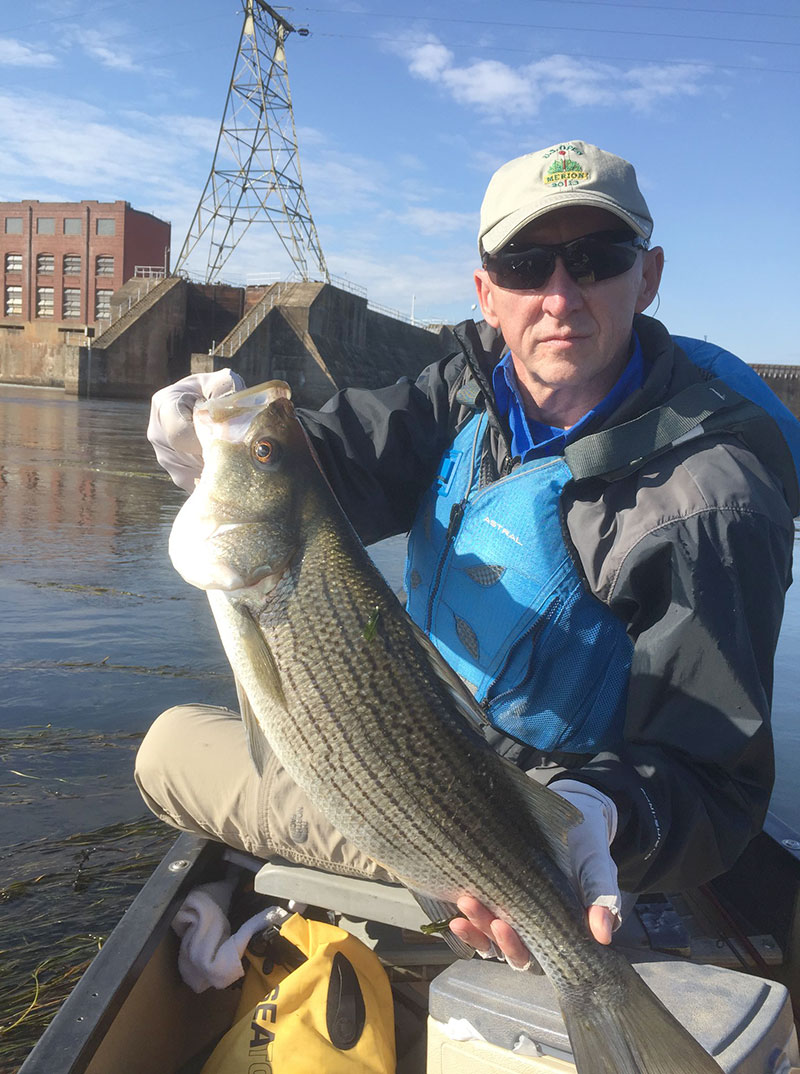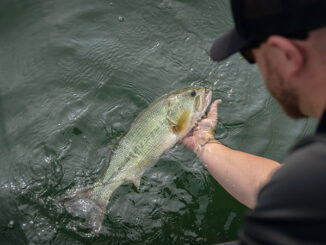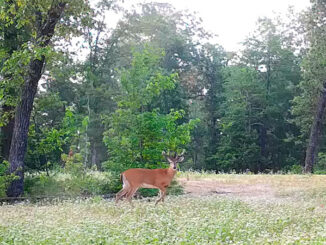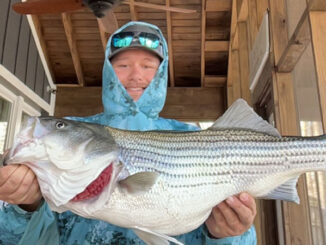
This river is a striper hotspot
Fishing guide Mike McSwain of Broad River Smallmouth turns to the Savannah River during much of the spring. And the main reason is the topwater bite for stripers and hybrids.
“This time of year, topwater lures will work well on the Savannah River’s stripers and hybrids. And while that may sound like an early morning, late evening, or cloudy day scenario, the truth is, they’ll bite these lures all day long here,” said McSwain (843-763-3805).
Like most anglers, McSwain would rather catch fish on topwater lures than anything else.
“A lot of anglers just stop throwing topwater lures once the sun gets up. But in the current of this river, I think it kind of replicates the same conditions that fish prefer when hitting topwater lures. And I’ve found that here, these fish will hit topwater throughout the day, even when the sun is high and bright,” he said.
McSwain has his favorites when it comes to lures. But he said anglers can find success with many different types of topwater lures, and many different specific brands and models.
“I’ve found that my best topwater bites occur when I’m using plugs with propellers. The Smithwick Devil’s Horse is a good one. And the larger Yo-Zuri and Rapala prop lures have also been big producers,” he said.
Pop, crank, spin
Another lure he has success with has no blades at all.
“Popping lures are also good. The Rebel Pop-R in the largest size, and other similar lures will draw some vicious strikes,” he said.
On the rare day that topwater lures aren’t producing especially well, McSwain said some other common lures will work.
“They’ll hit big crankbaits too. But other than topwater lures, I think the best bites come on large spinnerbaits and big bucktail jigs. The stripers and hybrids will absolutely crush them,” he said.
Because of the nature of this river, McSwain said it’s best to fish from a small craft that is easy to maneuver. He guides from a canoe with an electric trolling motor, and said he often has to get out of the craft and pull it over obstacles and debris.
“It also helps to have two trucks, then to leave one truck at a downriver take-out spot. That allows you to cover a lot of water without having to worry about paddling upriver against the current too much. A trolling motor is a big help, but having that, along with the ability to drift without worry, makes for a nice day on the water,” he said.
McSwain said the best bites typically come in the fastest moving water. Rapids and shoals are areas that he’ll focus most of his attention.
“Get to those areas with the most current. That fast water is where the fish are looking for an easy meal. It takes some effort, but it’s worth it,” he said.





Be the first to comment